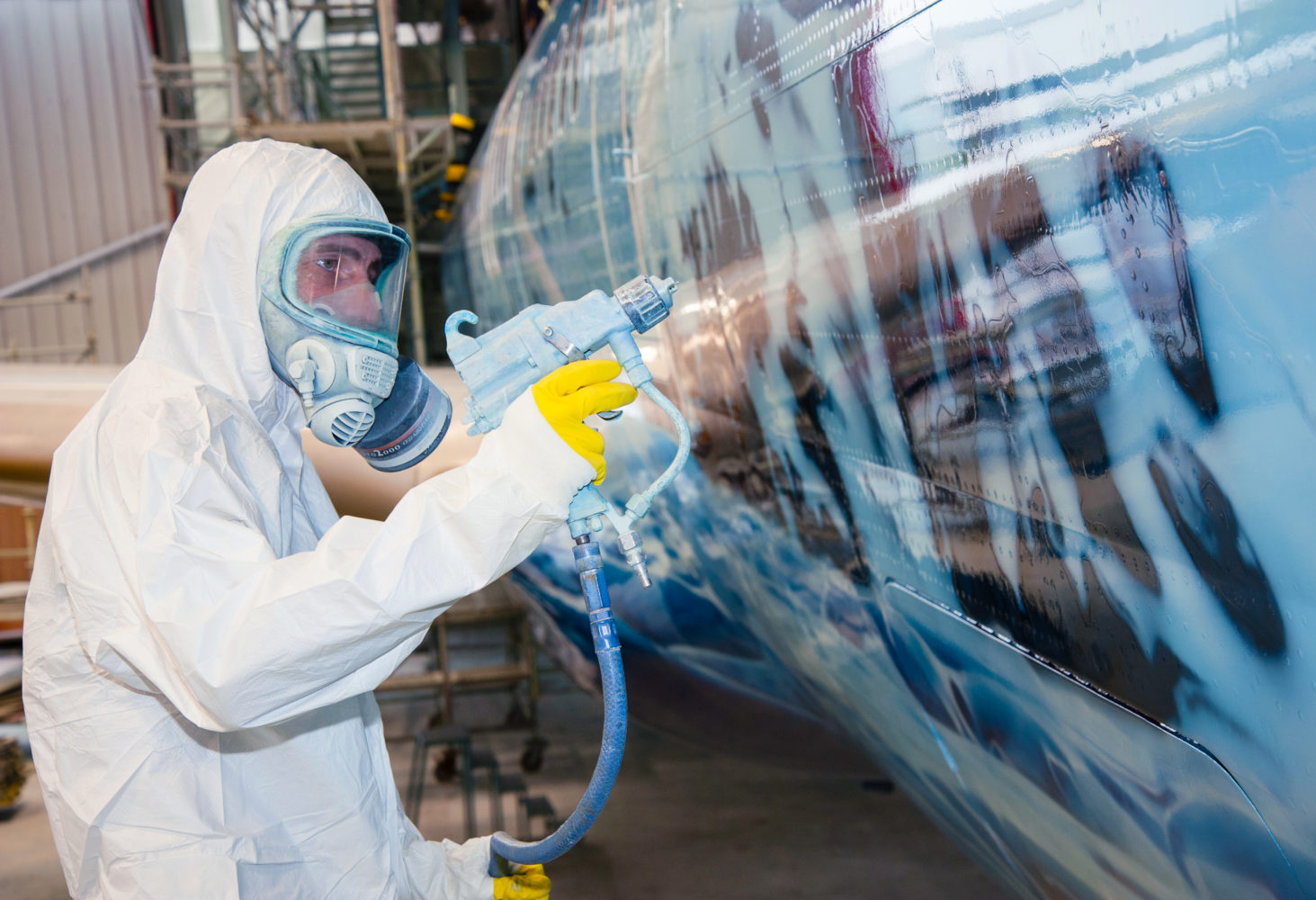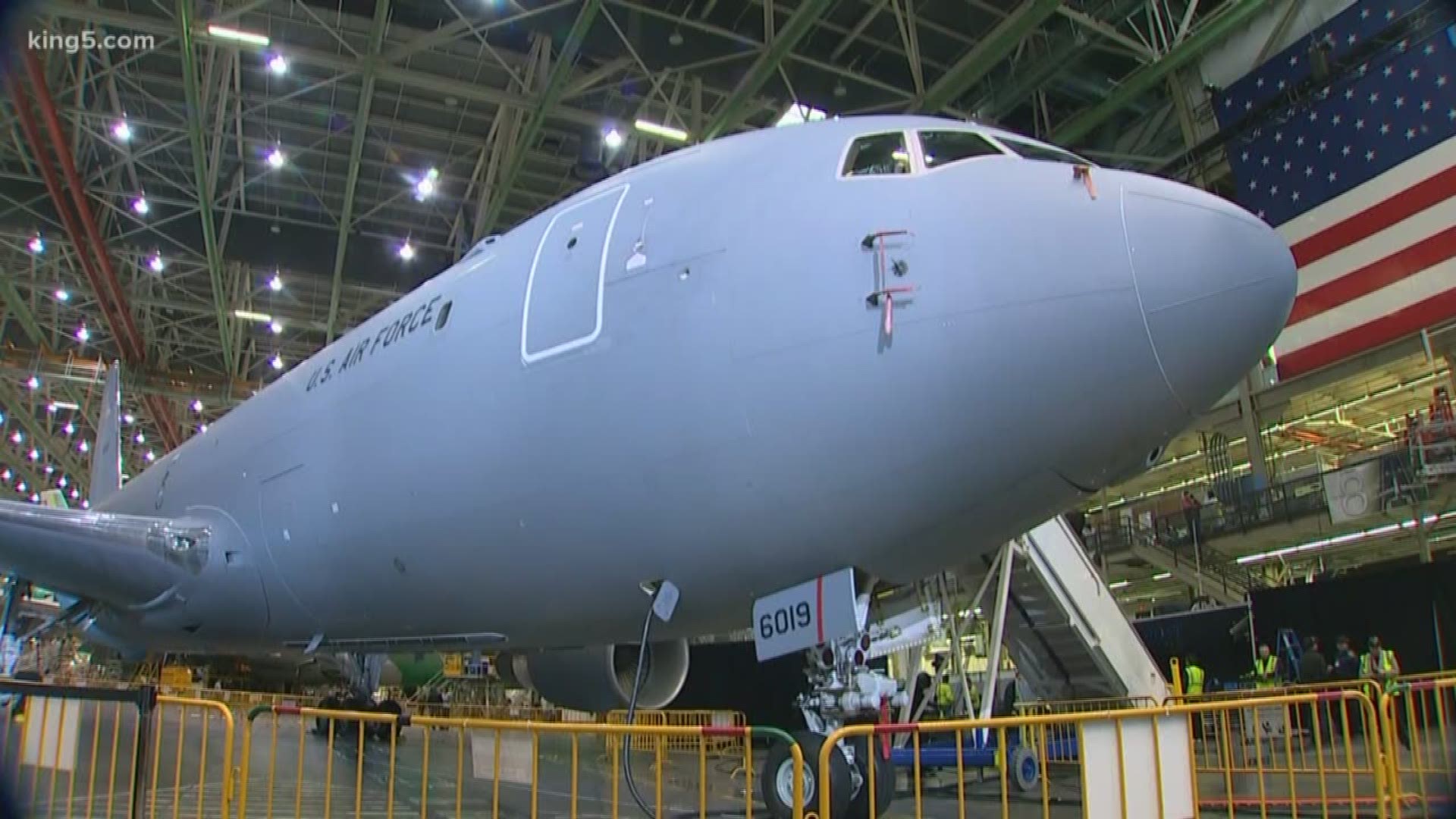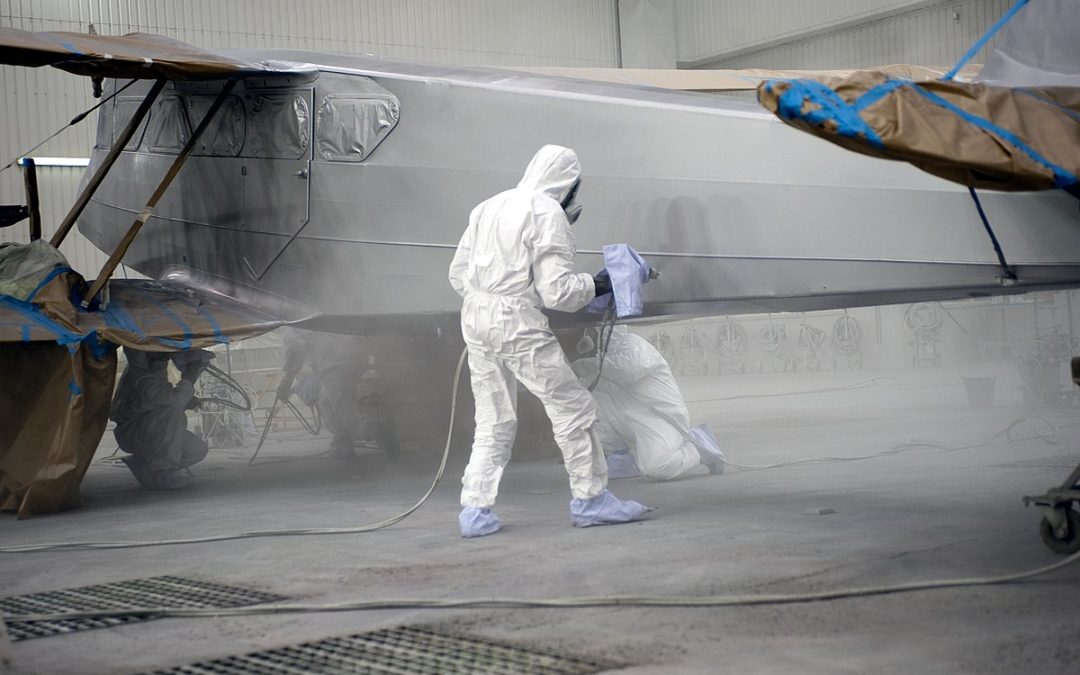In the competitive world of aviation, maintaining the quality and visual appeal of aircraft is of utmost importance. Ensuring flawless clear coats on aircraft with stroboscopic technology is not only a goal but a necessity for industry quality assurance professionals. This advanced technology is revolutionizing the way we inspect and maintain aircraft coatings, providing unparalleled precision and efficiency.

The Importance of Clear Coats on Aircraft
Clear coats on aircraft serve several crucial functions. They protect the underlying paint and materials from harsh environmental conditions and physical damage. Additionally, they contribute to the aesthetic appeal of the aircraft, which is vital for airline branding and customer perception.
Why Clear Coats Must Be Flawless
Flawless clear coats are essential because even minor imperfections can lead to significant problems. These include reduced protection, faster degradation of materials, and a poor visual impression. Recognizing and addressing these issues early is key to maintaining the aircrafts integrity and appearance.
Introduction to Stroboscopic Technology
Stroboscopic technology utilizes high-intensity, short-duration bursts of light to capture images of fast-moving objects. This technique allows for detailed inspection and analysis of surfaces, detecting flaws that are often invisible to the naked eye. In the context of aircraft coatings, it enables precise identification of imperfections, ensuring that they can be corrected promptly.
How It Works
The stroboscope emits rapid flashes of light, which illuminate the surface of the aircraft’s clear coat. High-speed cameras then capture the reflected light, producing detailed images that are analyzed for defects. This process can identify issues such as air bubbles, uneven coating, and other imperfections with incredible accuracy.
Benefits of Using Stroboscopic Technology
There are numerous benefits to using stroboscopic technology in aircraft coating inspections. Not only does it improve the accuracy of defect detection, but it also increases the speed of inspections. This results in faster turnaround times and reduced costs for airlines.
Accuracy and Precision
One of the most significant advantages of stroboscopic technology is its ability to detect even the smallest imperfections. This high level of precision ensures that only flawless coatings are approved for use, maintaining the highest standards of quality.
Implementation in the Aviation Industry
The implementation of stroboscopic technology in the aviation industry is gaining momentum. Leading airlines and maintenance facilities are increasingly adopting this technology to enhance their quality assurance processes.
Case Study: Success Stories
Several airlines have reported significant improvements in their coating quality and maintenance efficiency after integrating stroboscopic technology into their inspection processes. These success stories demonstrate the technologys potential to revolutionize the industry.
Challenges and Considerations
While the benefits of stroboscopic technology are clear, there are also challenges to consider. These include the initial costs of implementation and the need for specialized training for personnel. However, the long-term advantages often outweigh these initial hurdles.
Overcoming Barriers
Many companies are finding innovative ways to overcome these challenges, such as phased implementation and collaborative training programs. By addressing these issues proactively, they can maximize the benefits of the technology.
Future Prospects
The future of stroboscopic technology in the aviation industry looks promising. Ongoing advancements and increased adoption are expected to drive further improvements in aircraft coating quality and maintenance efficiency.
Continued Innovation
As technology continues to evolve, we can anticipate even more sophisticated stroboscopic systems that offer greater precision and ease of use. This ongoing innovation will be crucial in maintaining the highest standards of aircraft quality.
Conclusion
In conclusion, ensuring flawless clear coats on aircraft with stroboscopic technology is a game-changer for the aviation industry. It offers unprecedented accuracy and efficiency, helping to maintain the highest standards of quality and appearance. As this technology continues to advance, it will play an increasingly vital role in the industry.
FAQs
1. What is stroboscopic technology?
Stroboscopic technology uses high-intensity, short-duration bursts of light to capture detailed images of fast-moving objects, enabling precise inspection and analysis.
2. Why are clear coats important for aircraft?
Clear coats protect the underlying paint and materials from environmental and physical damage, and contribute to the aesthetic appeal of the aircraft.
3. How does stroboscopic technology benefit aircraft maintenance?
It improves the accuracy and speed of inspections, ensuring that only flawless coatings are approved, which reduces maintenance costs and turnaround times.

Further Reading
For more information on high-speed genetic analysis, please visit High-speed Supply. For insights into semiconductor manufacturing inspection, refer to Inspection Insights.
